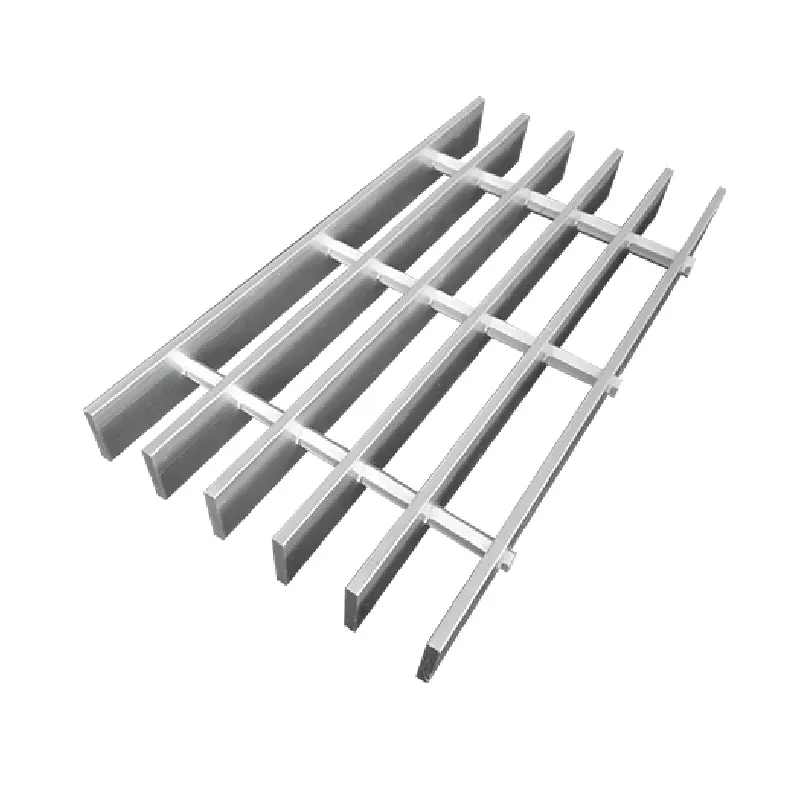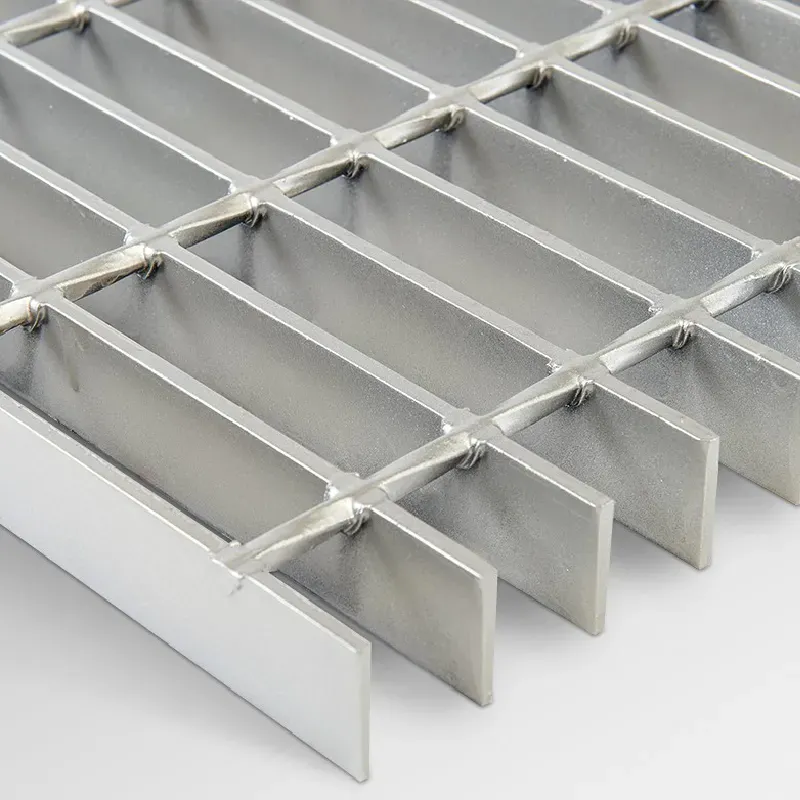- Industrial zone, South of Anping Town, Hengshui, Hebei, China.
- sales@hfpetromesh.com
- +86-18931809706
 Afrikaans
Afrikaans  Albanian
Albanian  Amharic
Amharic  Arabic
Arabic  Armenian
Armenian  Azerbaijani
Azerbaijani  Basque
Basque  Belarusian
Belarusian  Bengali
Bengali  Bosnian
Bosnian  Bulgarian
Bulgarian  Catalan
Catalan  Cebuano
Cebuano  Corsican
Corsican  Croatian
Croatian  Czech
Czech  Danish
Danish  Dutch
Dutch  English
English  Esperanto
Esperanto  Estonian
Estonian  Finnish
Finnish  French
French  Frisian
Frisian  Galician
Galician  Georgian
Georgian  German
German  Greek
Greek  Gujarati
Gujarati  Haitian Creole
Haitian Creole  hausa
hausa  hawaiian
hawaiian  Hebrew
Hebrew  Hindi
Hindi  Miao
Miao  Hungarian
Hungarian  Icelandic
Icelandic  igbo
igbo  Indonesian
Indonesian  irish
irish  Italian
Italian  Japanese
Japanese  Javanese
Javanese  Kannada
Kannada  kazakh
kazakh  Khmer
Khmer  Rwandese
Rwandese  Korean
Korean  Kurdish
Kurdish  Kyrgyz
Kyrgyz  Lao
Lao  Latin
Latin  Latvian
Latvian  Lithuanian
Lithuanian  Luxembourgish
Luxembourgish  Macedonian
Macedonian  Malgashi
Malgashi  Malay
Malay  Malayalam
Malayalam  Maltese
Maltese  Maori
Maori  Marathi
Marathi  Mongolian
Mongolian  Myanmar
Myanmar  Nepali
Nepali  Norwegian
Norwegian  Norwegian
Norwegian  Occitan
Occitan  Pashto
Pashto  Persian
Persian  Polish
Polish  Portuguese
Portuguese  Punjabi
Punjabi  Romanian
Romanian  Russian
Russian  Samoan
Samoan  Scottish Gaelic
Scottish Gaelic  Serbian
Serbian  Sesotho
Sesotho  Shona
Shona  Sindhi
Sindhi  Sinhala
Sinhala  Slovak
Slovak  Slovenian
Slovenian  Somali
Somali  Spanish
Spanish  Sundanese
Sundanese  Swahili
Swahili  Swedish
Swedish  Tagalog
Tagalog  Tajik
Tajik  Tamil
Tamil  Tatar
Tatar  Telugu
Telugu  Thai
Thai  Turkish
Turkish  Turkmen
Turkmen  Ukrainian
Ukrainian  Urdu
Urdu  Uighur
Uighur  Uzbek
Uzbek  Vietnamese
Vietnamese  Welsh
Welsh  Bantu
Bantu  Yiddish
Yiddish  Yoruba
Yoruba  Zulu
Zulu
- Afrikaans
- Albanian
- Amharic
- Arabic
- Armenian
- Azerbaijani
- Basque
- Belarusian
- Bengali
- Bosnian
- Bulgarian
- Catalan
- Cebuano
- Corsican
- Croatian
- Czech
- Danish
- Dutch
- English
- Esperanto
- Estonian
- Finnish
- French
- Frisian
- Galician
- Georgian
- German
- Greek
- Gujarati
- Haitian Creole
- hausa
- hawaiian
- Hebrew
- Hindi
- Miao
- Hungarian
- Icelandic
- igbo
- Indonesian
- irish
- Italian
- Japanese
- Javanese
- Kannada
- kazakh
- Khmer
- Rwandese
- Korean
- Kurdish
- Kyrgyz
- Lao
- Latin
- Latvian
- Lithuanian
- Luxembourgish
- Macedonian
- Malgashi
- Malay
- Malayalam
- Maltese
- Maori
- Marathi
- Mongolian
- Myanmar
- Nepali
- Norwegian
- Norwegian
- Occitan
- Pashto
- Persian
- Polish
- Portuguese
- Punjabi
- Romanian
- Russian
- Samoan
- Scottish Gaelic
- Serbian
- Sesotho
- Shona
- Sindhi
- Sinhala
- Slovak
- Slovenian
- Somali
- Spanish
- Sundanese
- Swahili
- Swedish
- Tagalog
- Tajik
- Tamil
- Tatar
- Telugu
- Thai
- Turkish
- Turkmen
- Ukrainian
- Urdu
- Uighur
- Uzbek
- Vietnamese
- Welsh
- Bantu
- Yiddish
- Yoruba
- Zulu
មករា . 09, 2025 12:40
Back to list
perimeter safety net
Perimeter safety nets serve as an essential line of defense in the construction and industrial sectors, significantly reducing fall hazards and enhancing overall worksite safety. The demand for high-quality perimeter safety nets has burgeoned, driven by stricter industry standards and an increasing awareness of workplace safety protocols. Offering a deep dive into experience, expertise, authoritativeness, and trustworthiness, this article explores the nuances of perimeter safety nets and their critical role in safeguarding workers.
Authoritativeness in the field is demonstrated by extensive research and development efforts by leading safety net manufacturers. These companies boast cutting-edge laboratories where products undergo rigorous testing. The development of innovative net designs, such as those with energy-absorbing properties, reflects ongoing advancements that enhance fall protection capabilities. Expert involvement from engineers and safety consultants ensures that these products not only meet but often exceed industry standards. Additionally, collaborations with construction companies and safety organizations further contribute to refining these essential safety solutions. Trustworthiness is earned through transparency and a proven track record of performance. Reputable manufacturers provide detailed product specifications, testing results, and customer testimonials, offering insight into the net’s real-world application and reliability. Moreover, comprehensive warranties and after-sales service options build consumer confidence, ensuring that the investment in safety nets is secure. Companies with strong reputations often have impressive portfolios of successfully completed projects, serving as a testament to their products’ effectiveness and reliability. In conclusion, perimeter safety nets are more than just an industry requirement; they are a critical investment in the safety and well-being of workers. By focusing on experience, expertise, authoritativeness, and trustworthiness, industry professionals can make informed decisions regarding the procurement and use of these essential safety systems. As construction practices and technologies evolve, so too will the safety measures that protect those working at heights, underscoring the perpetual significance of perimeter safety nets in the quest for safer work environments.


Authoritativeness in the field is demonstrated by extensive research and development efforts by leading safety net manufacturers. These companies boast cutting-edge laboratories where products undergo rigorous testing. The development of innovative net designs, such as those with energy-absorbing properties, reflects ongoing advancements that enhance fall protection capabilities. Expert involvement from engineers and safety consultants ensures that these products not only meet but often exceed industry standards. Additionally, collaborations with construction companies and safety organizations further contribute to refining these essential safety solutions. Trustworthiness is earned through transparency and a proven track record of performance. Reputable manufacturers provide detailed product specifications, testing results, and customer testimonials, offering insight into the net’s real-world application and reliability. Moreover, comprehensive warranties and after-sales service options build consumer confidence, ensuring that the investment in safety nets is secure. Companies with strong reputations often have impressive portfolios of successfully completed projects, serving as a testament to their products’ effectiveness and reliability. In conclusion, perimeter safety nets are more than just an industry requirement; they are a critical investment in the safety and well-being of workers. By focusing on experience, expertise, authoritativeness, and trustworthiness, industry professionals can make informed decisions regarding the procurement and use of these essential safety systems. As construction practices and technologies evolve, so too will the safety measures that protect those working at heights, underscoring the perpetual significance of perimeter safety nets in the quest for safer work environments.
Share
Latest news
-
Welded Steel Bar Grating: The Rugged Industrial Flooring Solution Built for Load and LongevityNewsJun.24,2025
-
Steel Walkway Grating: Reliable, Resilient, and Built for Every StepNewsJun.24,2025
-
Shale Shaker Screen for Sale: Optimize Drilling Efficiency with Precision Screening PowerNewsJun.24,2025
-
Shaker Screen for Sale: Elevate Your Drilling Efficiency with Durable Separation SolutionsNewsJun.24,2025
-
Press Locked Steel Grating: Industrial Strength with Precision Fit for Heavy-Duty ApplicationsNewsJun.24,2025
-
Perimeter Safety Netting: The Critical Safety Upgrade for Every HelipadNewsJun.24,2025